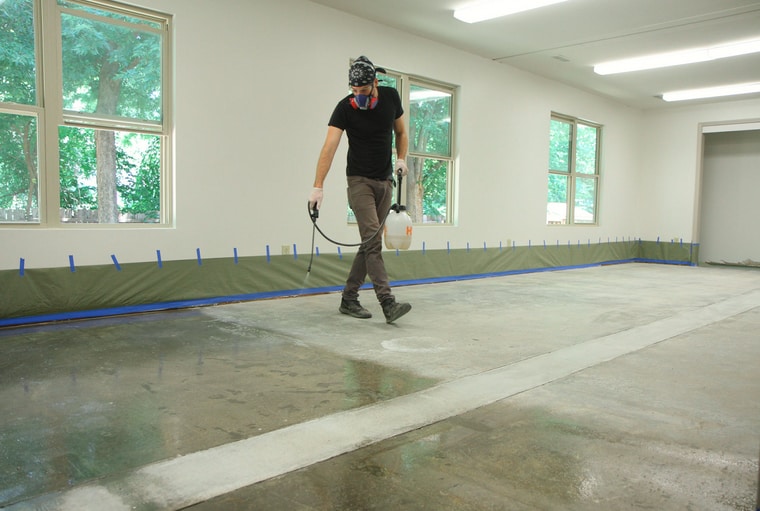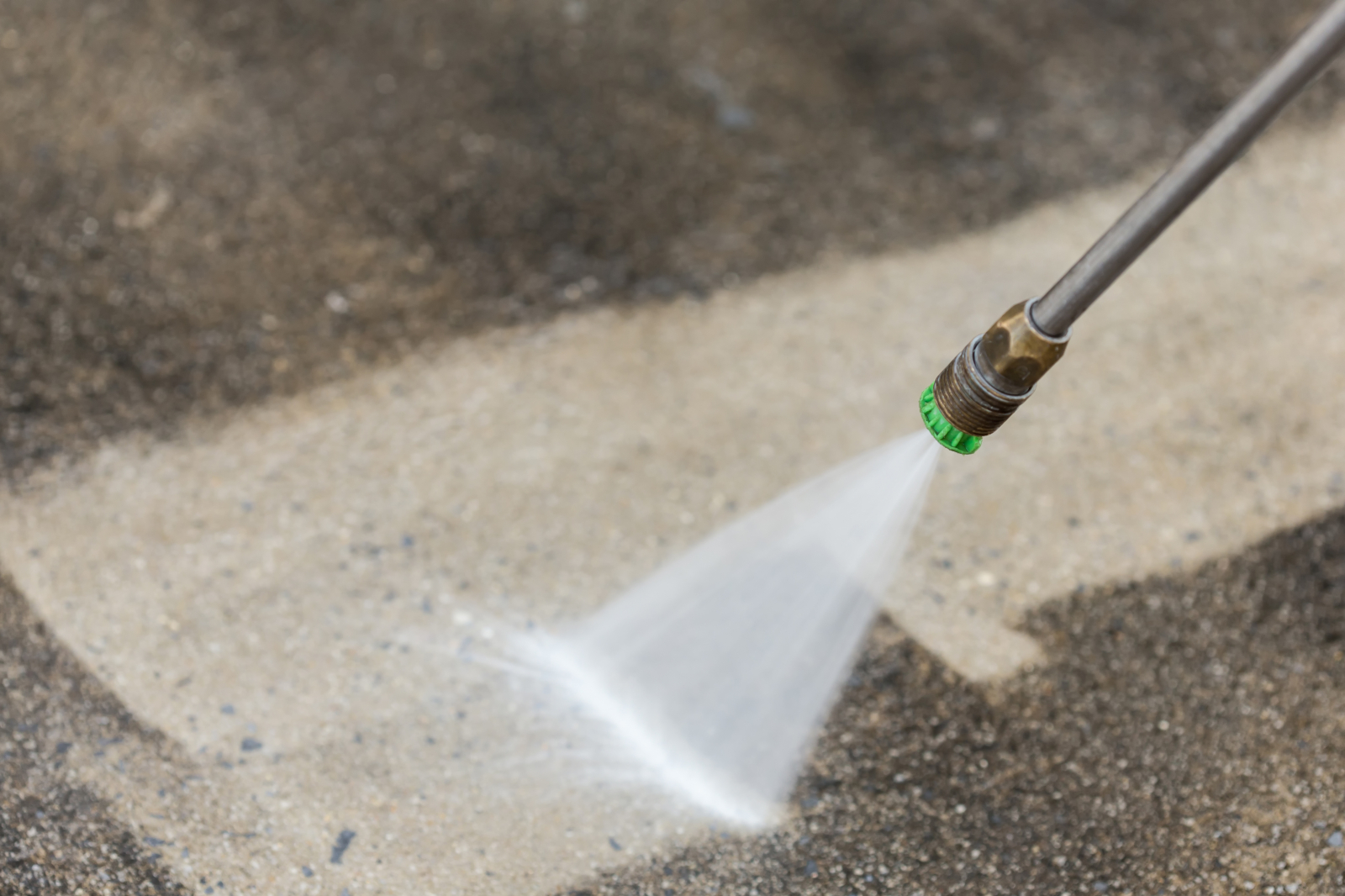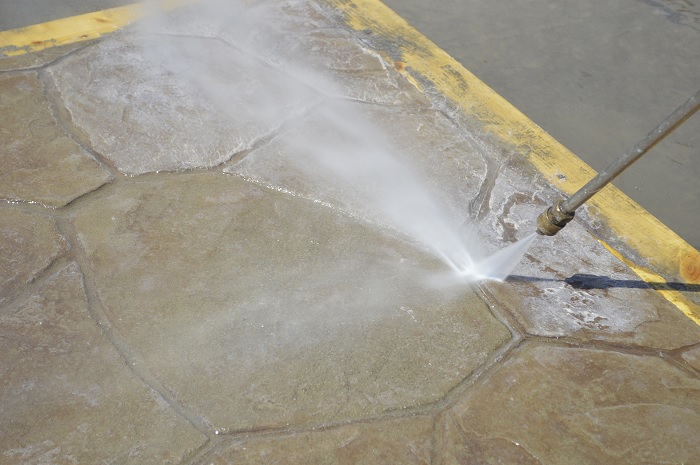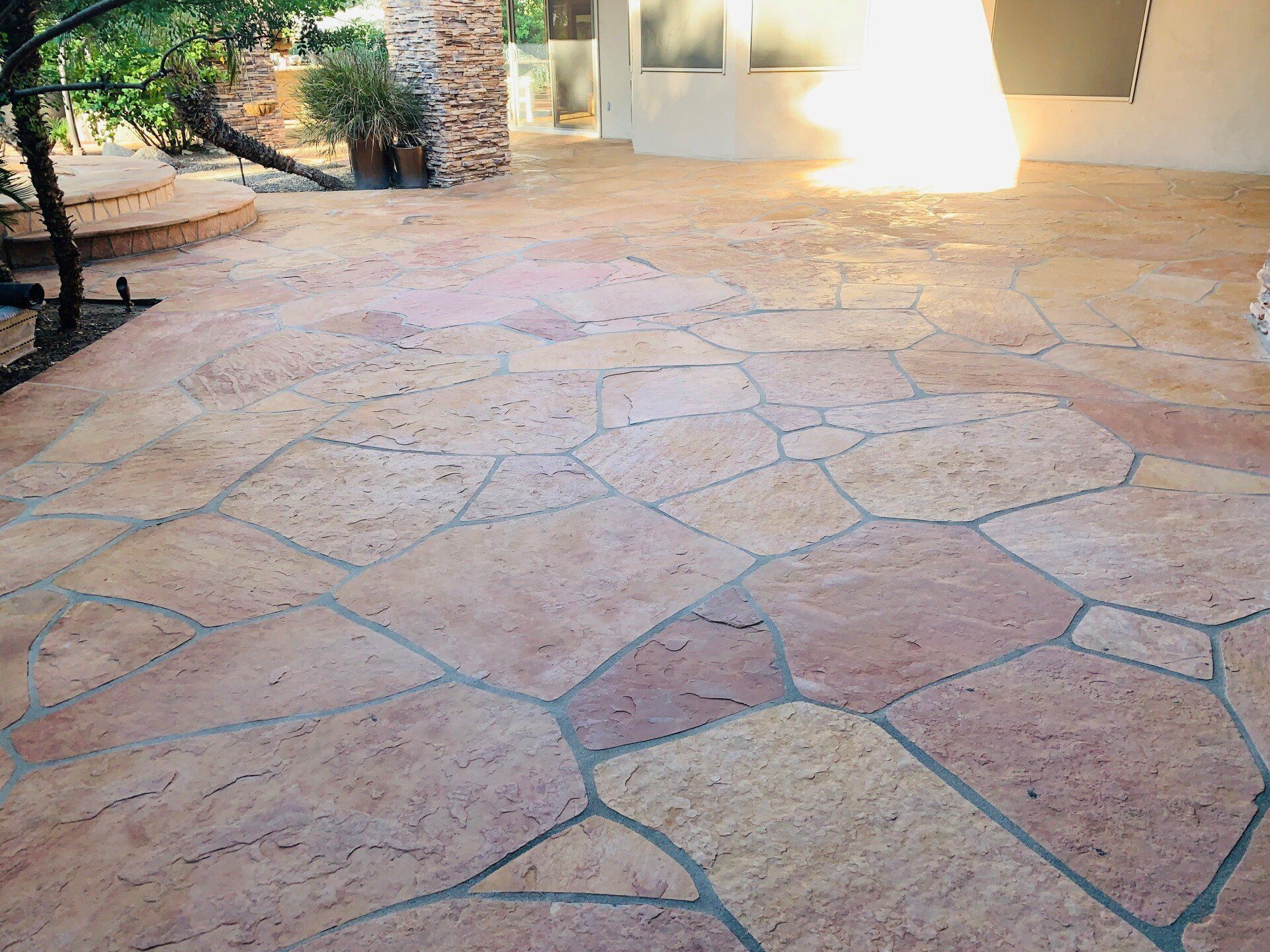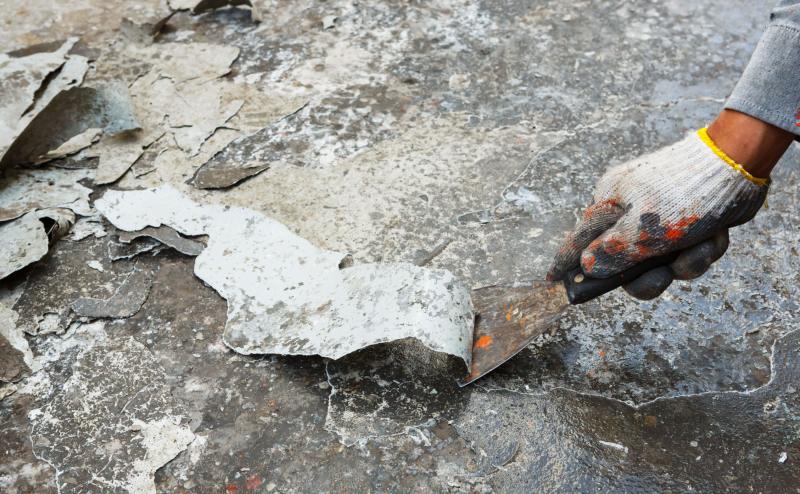If you have concrete floors in your living room, you may be wondering how to keep them looking their best. One of the most effective ways to maintain the appearance and longevity of concrete floors is by sealing them. Sealing your living room floors can protect them from stains, scratches, and other damage, while also giving them a glossy finish. First, you'll need to prepare the floor by cleaning it thoroughly. Use a broom or vacuum to remove any debris, and then mop the floor with a gentle cleaner. Make sure to let the floor dry completely before moving on to the next step. Next, you'll need to choose the right sealer for your living room floors. There are many different types of sealers available, including acrylic, epoxy, and polyurethane. Each has its own benefits, so be sure to do your research and choose the one that best fits your needs. Once you have your sealer, follow the manufacturer's instructions for application. Generally, you'll need to apply the sealer with a brush or roller, making sure to cover the entire surface evenly. It's important to work in small sections to avoid the sealer drying too quickly. After the sealer has dried, you may want to add a second coat for extra protection. Once the final coat is fully dry, your concrete floors will be sealed and ready for use.1. How to Seal Concrete Floors in Your Living Room
When it comes to choosing the best sealer for your concrete living room floors, there are several factors to consider. Some sealers may be better suited for high-traffic areas, while others may be more resistant to stains and scratches. It's important to identify your specific needs before making a decision. One popular sealer for concrete floors is acrylic. This type of sealer is easy to apply and dries quickly, making it a great option for DIY projects. It also provides a glossy finish and can be tinted to add color to your living room floors. Epoxy sealers are another popular choice, as they are extremely durable and resistant to stains and scratches. They are also available in a variety of colors and finishes, allowing you to customize the look of your living room floors. Polyurethane sealers are also a top choice for concrete floors, as they provide a strong protective barrier and are resistant to UV rays, making them ideal for outdoor living spaces. They can also be tinted and come in a variety of finishes. Ultimately, the best sealer for your concrete living room floors will depend on your specific needs and preferences. Consider the level of traffic in your living room, the desired finish, and any potential hazards (such as pets or children) when choosing a sealer.2. The Best Sealers for Concrete Living Room Floors
Sealing your concrete living room floors can be a simple and straightforward process if you follow the right steps. Here is a step-by-step guide to help you get the job done effectively and efficiently. Step 1: Prepare the floor by cleaning it thoroughly with a broom, vacuum, and mop. Step 2: Choose the right sealer for your living room floors based on your needs and preferences. Step 3: Follow the manufacturer's instructions for application, working in small sections to ensure even coverage. Step 4: Allow the sealer to dry completely before adding a second coat (if desired). Step 5: Once the final coat is dry, your concrete floors will be sealed and ready for use.3. Step-by-Step Guide to Sealing Concrete in Your Living Room
Sealing your concrete living room floor may require some time and effort, but the benefits are well worth it. Here are just a few reasons why sealing your floors is a smart choice. Better Protection: Sealing your living room floors can protect them from stains, scratches, and other damage, helping them to look their best for years to come. Enhanced Appearance: Sealed concrete floors have a glossy finish that can enhance the overall look of your living room, adding a touch of sophistication and elegance. Easier Maintenance: Sealed floors are easier to clean and maintain, as spills and stains can be wiped away with ease. Increased Durability: Sealed floors are more durable and less prone to cracking or chipping, making them a long-lasting investment.4. Benefits of Sealing Your Concrete Living Room Floor
In addition to sealing your living room floors, you may also want to consider sealing your concrete countertops. This can provide the same benefits as sealing your floors, while also protecting your countertops from heat and moisture damage. One of the best sealers for concrete countertops is epoxy. This type of sealer is heat-resistant and can also provide a glossy or matte finish, depending on your preference. Polyurethane sealers are also a great option for concrete countertops, as they are highly resistant to heat and moisture. They can also provide a glossy finish and come in a variety of colors. Acrylic sealers can also be used on concrete countertops, but they may not be as durable as epoxy or polyurethane. However, they are easy to apply and can provide a glossy finish. Be sure to choose a sealer that is specifically designed for use on countertops, as they may have different formulations than sealers for floors.5. Top Sealers for Concrete Living Room Countertops
With so many different types of sealers available, it can be overwhelming to choose the right one for your concrete living room. Here are a few key factors to consider when making your decision. Type of Sealer: As mentioned, there are different types of sealers, such as acrylic, epoxy, and polyurethane. Consider the benefits and drawbacks of each type before making a decision. Level of Protection: Think about the level of protection your living room floors need. If you have high foot traffic or pets, you may want a more durable sealer. Desired Finish: Sealed floors can have a glossy, matte, or satin finish. Consider which finish will best complement your living room's decor. Budget: Sealers can vary in price, so it's important to consider your budget when choosing the right one for your living room floors. Ultimately, the best sealer for your living room floors will depend on your specific needs and preferences. Take the time to research and compare different options to find the perfect one for your space.6. How to Choose the Right Sealer for Your Concrete Living Room
Sealing your concrete living room floors doesn't have to be a task for professionals. With the right tools and materials, you can easily seal your floors yourself. First, gather all the necessary supplies, including the sealer, a brush or roller, a paint tray, and protective gear (gloves, goggles, etc.). Make sure to follow the manufacturer's instructions for application and safety precautions. Next, make sure to work in a well-ventilated area and wear protective gear to avoid contact with the sealer. Start by applying the sealer to the edges and corners of the room, and then work your way towards the center, using a brush or roller to ensure even coverage. Once the sealer is dry, you can add a second coat if desired. Be sure to follow the manufacturer's instructions for drying time between coats. Sealing your living room floors yourself can save you money and give you a sense of accomplishment. Just be sure to take all necessary precautions and follow the instructions carefully for a successful DIY project.7. DIY Concrete Sealing for Your Living Room
Sealing your concrete living room floors is not just about enhancing their appearance; it's also important for their longevity. Concrete is a porous material, which means it can absorb moisture, stains, and other substances that can cause damage over time. By sealing your living room floors, you are creating a protective barrier that can prevent these substances from seeping into the concrete. This can help to extend the life of your floors and save you from costly repairs or replacements in the future. Regularly sealing your living room floors can also help to maintain their appearance and keep them looking like new for longer. This can be especially beneficial if you plan on selling your home in the future.8. The Importance of Sealing Your Concrete Living Room for Longevity
If your living room floors have been previously sealed, you may need to remove the old sealant before applying a new one. Here's how to do it effectively and efficiently. Step 1: Gather the necessary supplies, including a chemical stripper, a scraper or putty knife, and a scrub brush. Step 2: Apply the chemical stripper to the old sealant according to the manufacturer's instructions. Step 3: Allow the stripper to sit for the recommended amount of time (usually 15-30 minutes). Step 4: Use the scraper or putty knife to remove the old sealant, being careful not to damage the concrete. Step 5: Once the majority of the sealant is removed, use a scrub brush and water to scrub away any remaining residue. Step 6: Rinse the floor thoroughly with water and allow it to dry completely before applying a new sealer. If you are unsure about removing the old sealant yourself, it's best to consult a professional to avoid any potential damage to your floors.9. How to Remove Old Sealant from Your Concrete Living Room
While sealing your living room floors can be a relatively simple task, there are some common mistakes that you'll want to avoid to ensure the best results. Not Preparing the Floor: Failing to clean and prepare the floor before sealing can result in an uneven finish or poor adhesion of the sealer. Using the Wrong Type of Sealer: As mentioned, different sealers have different benefits and uses. Make sure to choose the right one for your specific needs and follow the manufacturer's instructions for application. Not Applying Enough Coats: Applying only one coat of sealer may not provide enough protection for your living room floors. Be sure to follow the manufacturer's instructions and apply the recommended number of coats for optimal results. Applying Too Much Sealer: Applying too much sealer can result in a thick, uneven finish that may not dry properly. Work in small sections and use a brush or roller to ensure even coverage. Not Allowing Enough Drying Time: Rushing the process and not allowing enough time for the sealer to dry can result in a sticky or tacky finish. Follow the manufacturer's instructions for drying time between coats and before use. By avoiding these common mistakes, you can achieve professional-looking results when sealing your concrete living room floors. In conclusion, sealing your concrete living room floors can provide numerous benefits, including enhanced appearance, increased durability, and easier maintenance. By following the right steps and choosing the right sealer for your specific needs, you can protect your living room floors and keep them looking their best for years to come.10. Common Mistakes to Avoid When Sealing Concrete in Your Living Room
Why Seal Concrete is Essential for a Beautiful and Durable Living Room
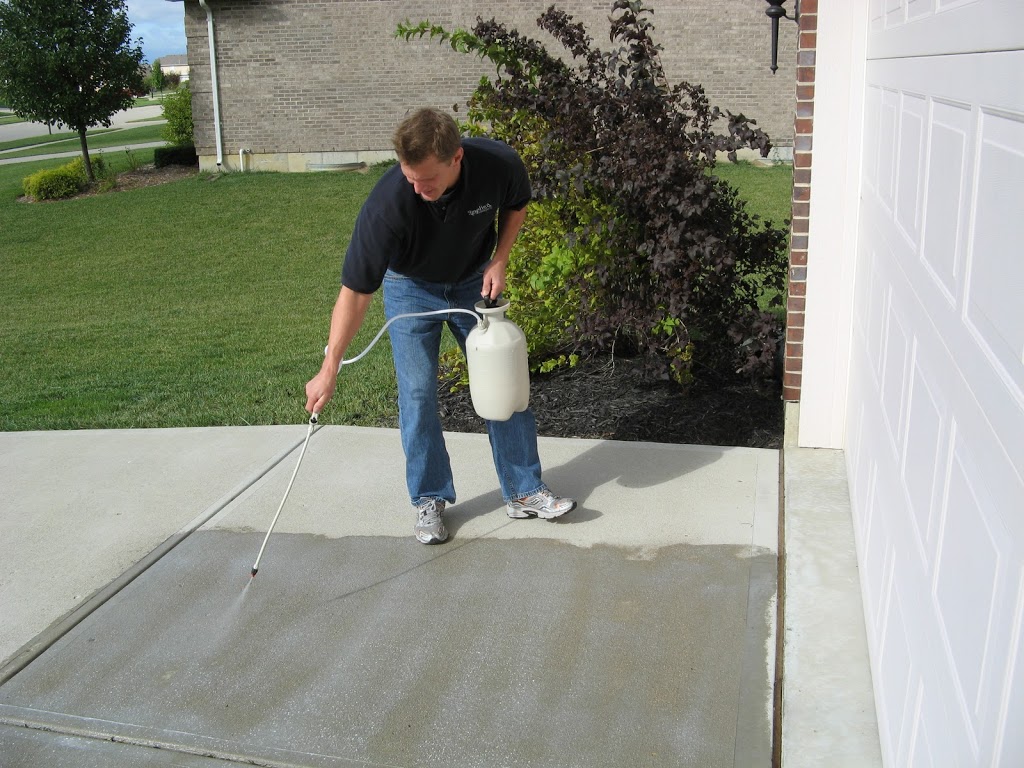
The Benefits of Sealing Concrete in Your Living Room
 When it comes to designing a beautiful and functional living room, many homeowners overlook the importance of properly sealing their concrete floors. While concrete may seem like a practical and low-maintenance choice for flooring, it can actually benefit greatly from
sealing
concrete
living
room
. Not only does
sealing
concrete
enhance
the
look
and
durability
of
your
living
room
, but it also provides numerous other benefits.
When it comes to designing a beautiful and functional living room, many homeowners overlook the importance of properly sealing their concrete floors. While concrete may seem like a practical and low-maintenance choice for flooring, it can actually benefit greatly from
sealing
concrete
living
room
. Not only does
sealing
concrete
enhance
the
look
and
durability
of
your
living
room
, but it also provides numerous other benefits.
Protect Against Stains and Damage
 One of the main reasons to seal concrete in your living room is to protect it from stains and damage. While concrete may seem like a tough and durable material, it is actually quite porous and can easily absorb liquids, chemicals, and other substances. This can lead to unsightly stains that are difficult to remove. By sealing your
living
room
concrete
, you create a barrier that prevents liquids from seeping into the surface and causing permanent damage.
One of the main reasons to seal concrete in your living room is to protect it from stains and damage. While concrete may seem like a tough and durable material, it is actually quite porous and can easily absorb liquids, chemicals, and other substances. This can lead to unsightly stains that are difficult to remove. By sealing your
living
room
concrete
, you create a barrier that prevents liquids from seeping into the surface and causing permanent damage.
Enhance the Aesthetics
 Another important benefit of
sealing
concrete
in your living room is the aesthetic enhancement it provides. Sealing the concrete can bring out the natural beauty of the material, giving it a glossy, polished look. This can add a touch of elegance to your living room and make it more visually appealing. Furthermore, sealing can also help to even out any discoloration or imperfections in the concrete, creating a more uniform and attractive surface.
Another important benefit of
sealing
concrete
in your living room is the aesthetic enhancement it provides. Sealing the concrete can bring out the natural beauty of the material, giving it a glossy, polished look. This can add a touch of elegance to your living room and make it more visually appealing. Furthermore, sealing can also help to even out any discoloration or imperfections in the concrete, creating a more uniform and attractive surface.
Improve Durability and Longevity
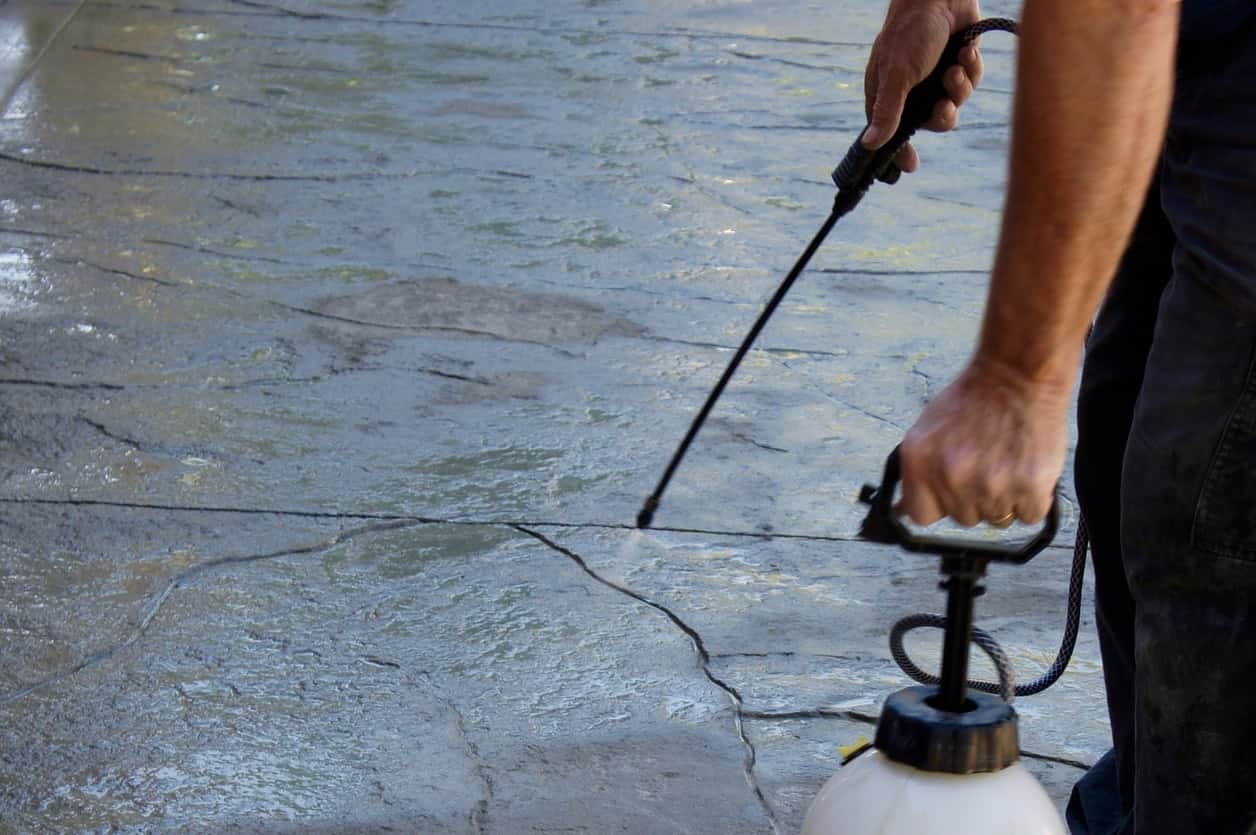 Properly sealing your concrete living room can also significantly improve its durability and longevity. Sealing creates a protective layer that helps to prevent wear and tear, as well as damage from foot traffic and furniture. This can help your living room floor withstand daily use and maintain its appearance for years to come. Additionally, sealing can also protect against UV rays, which can cause fading and discoloration over time.
Properly sealing your concrete living room can also significantly improve its durability and longevity. Sealing creates a protective layer that helps to prevent wear and tear, as well as damage from foot traffic and furniture. This can help your living room floor withstand daily use and maintain its appearance for years to come. Additionally, sealing can also protect against UV rays, which can cause fading and discoloration over time.
Easy Maintenance and Cleaning
 Sealed concrete is much easier to maintain and clean compared to unsealed concrete floors. The sealant creates a smooth, non-porous surface that is resistant to dust, dirt, and grime. This makes it easier to sweep, mop, and vacuum, keeping your living room looking clean and pristine. Furthermore, sealed concrete is also more resistant to scratches and scuffs, making it a practical choice for high-traffic areas.
Sealed concrete is much easier to maintain and clean compared to unsealed concrete floors. The sealant creates a smooth, non-porous surface that is resistant to dust, dirt, and grime. This makes it easier to sweep, mop, and vacuum, keeping your living room looking clean and pristine. Furthermore, sealed concrete is also more resistant to scratches and scuffs, making it a practical choice for high-traffic areas.
The Bottom Line
 In conclusion, sealing concrete in your living room is essential for both its beauty and durability. It can protect against stains and damage, enhance the aesthetics, improve durability and longevity, and make maintenance and cleaning a breeze. By taking the time to properly seal your concrete living room, you can ensure that it remains a beautiful and functional space for years to come. So don't overlook this crucial step in your house design process and enjoy the many benefits that come with sealed concrete floors.
In conclusion, sealing concrete in your living room is essential for both its beauty and durability. It can protect against stains and damage, enhance the aesthetics, improve durability and longevity, and make maintenance and cleaning a breeze. By taking the time to properly seal your concrete living room, you can ensure that it remains a beautiful and functional space for years to come. So don't overlook this crucial step in your house design process and enjoy the many benefits that come with sealed concrete floors.




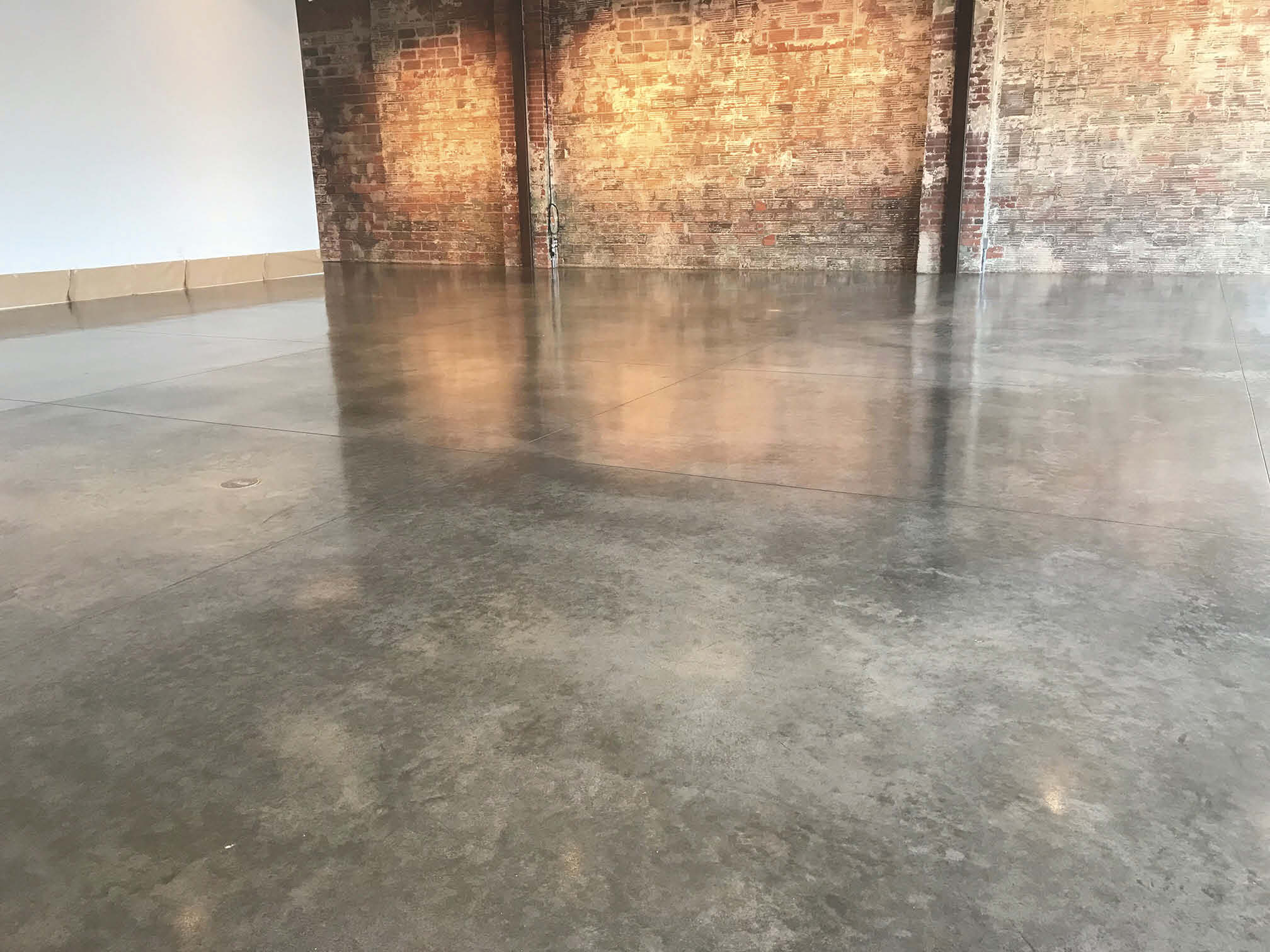








/Concrete-Living-Room-Floors-56a2fe113df78cf7727b6f0e.jpg)
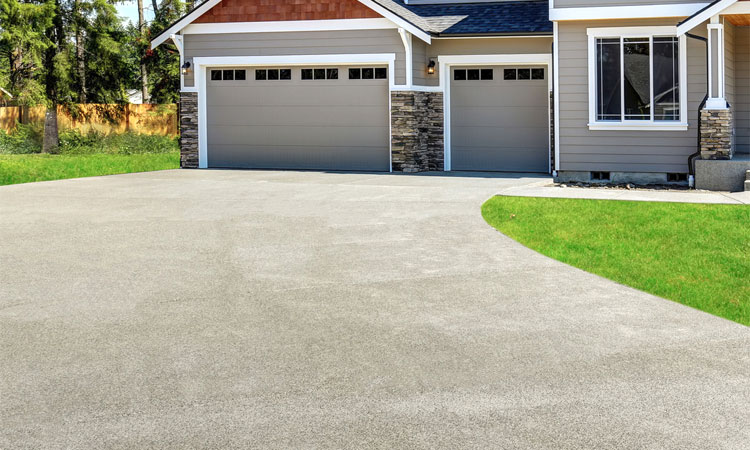







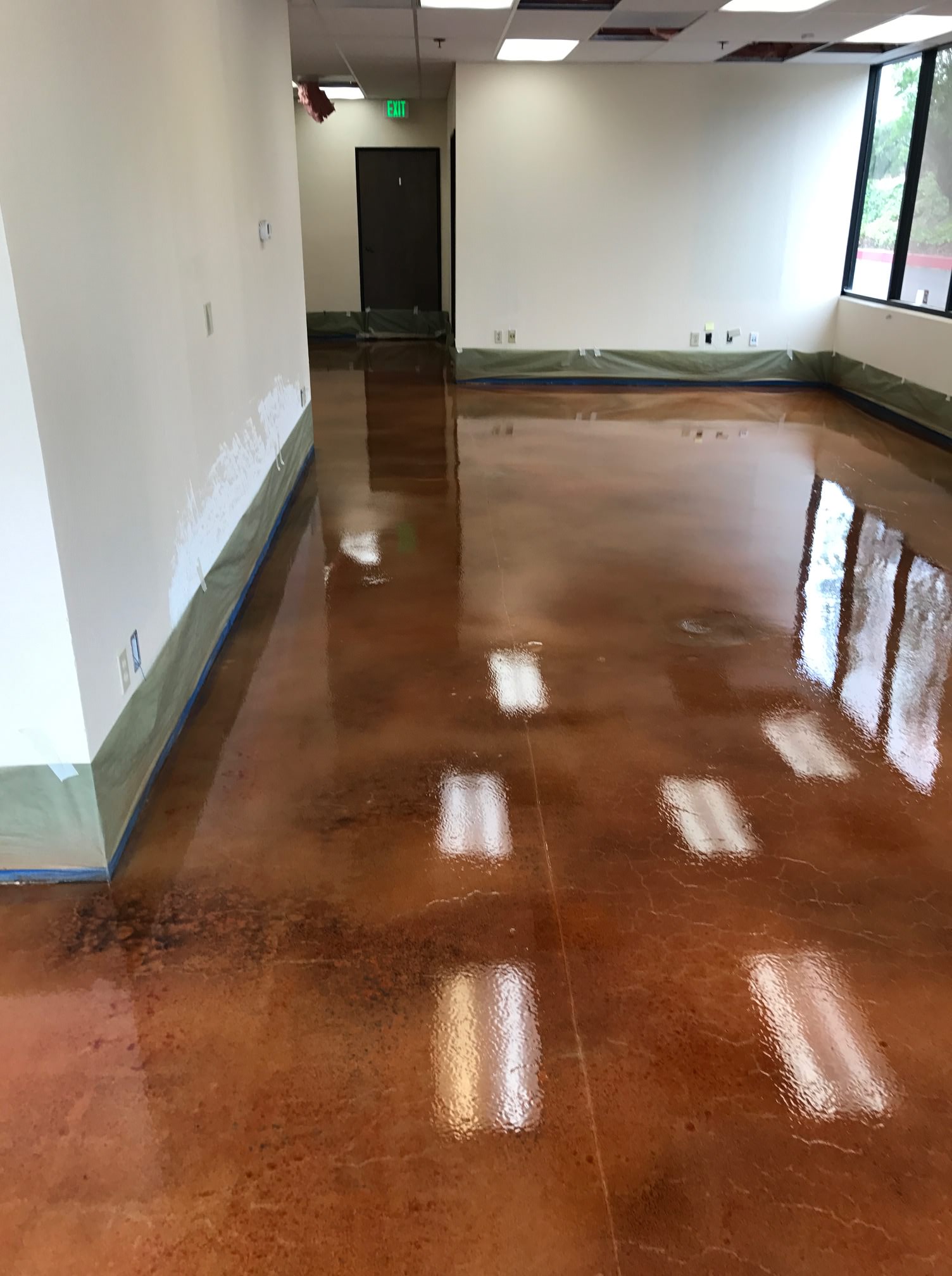


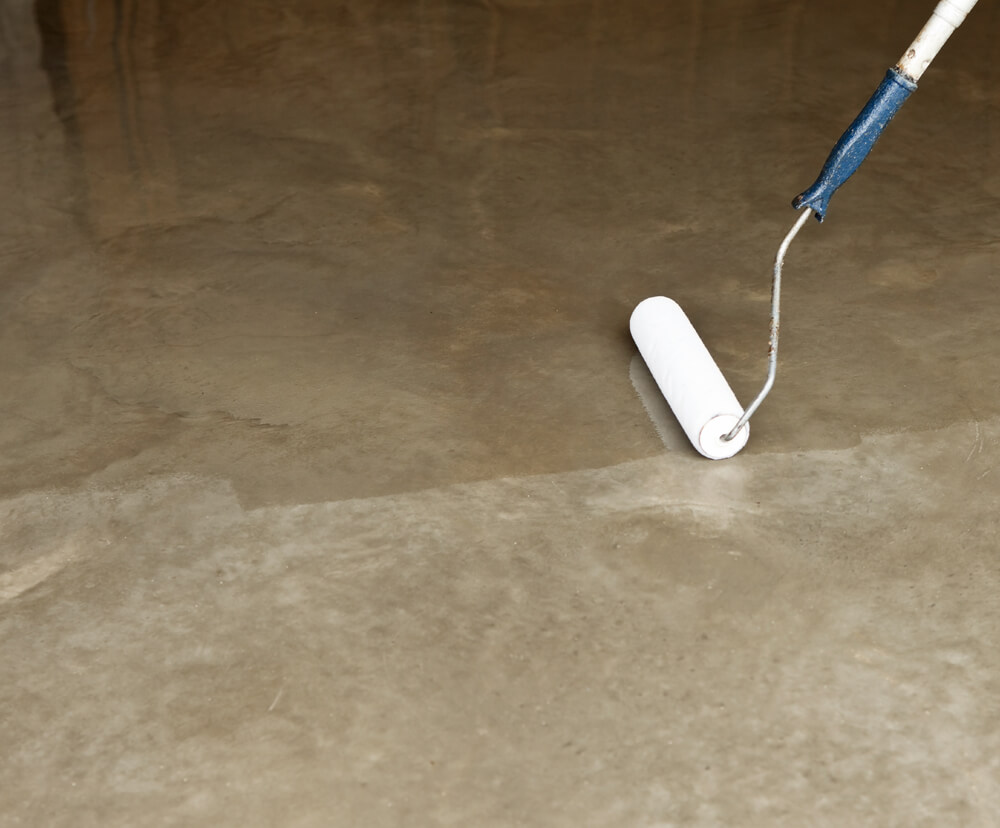


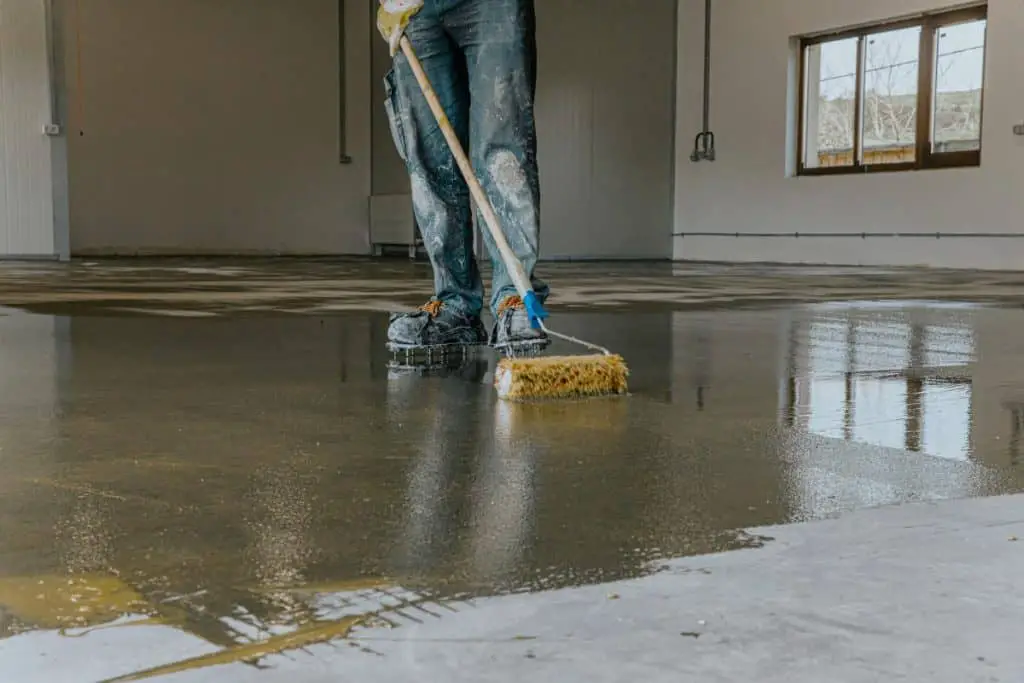
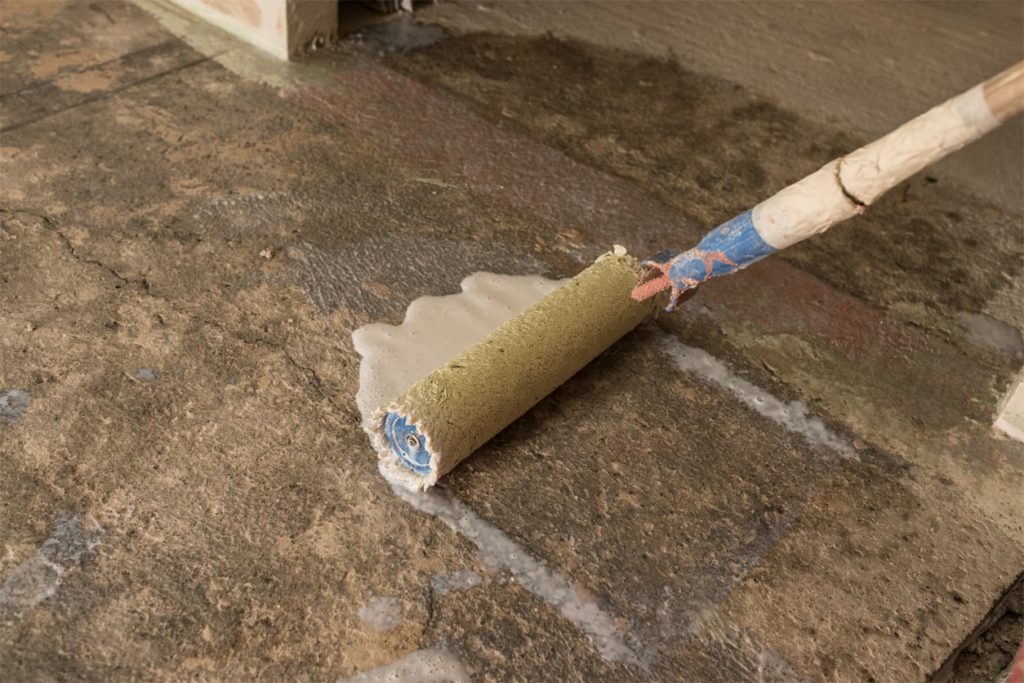
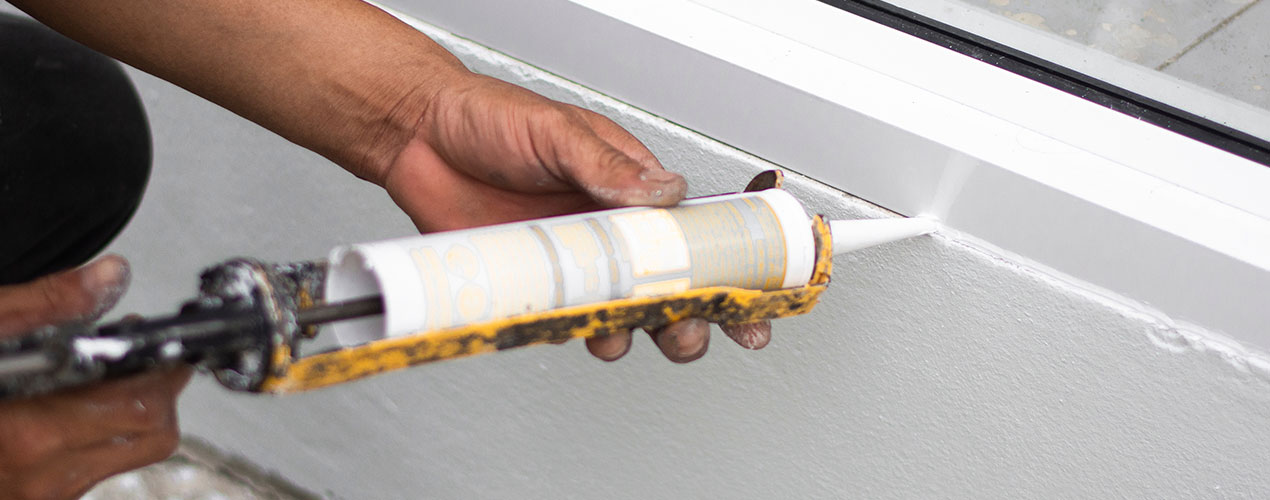

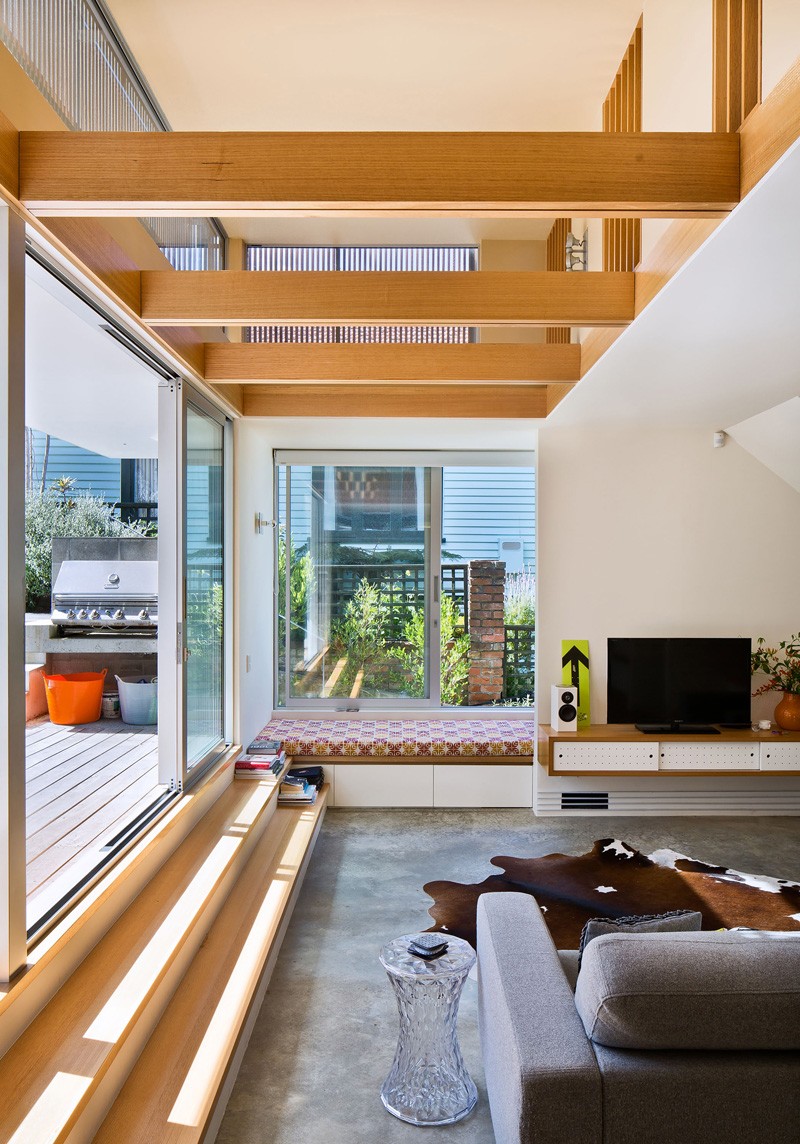
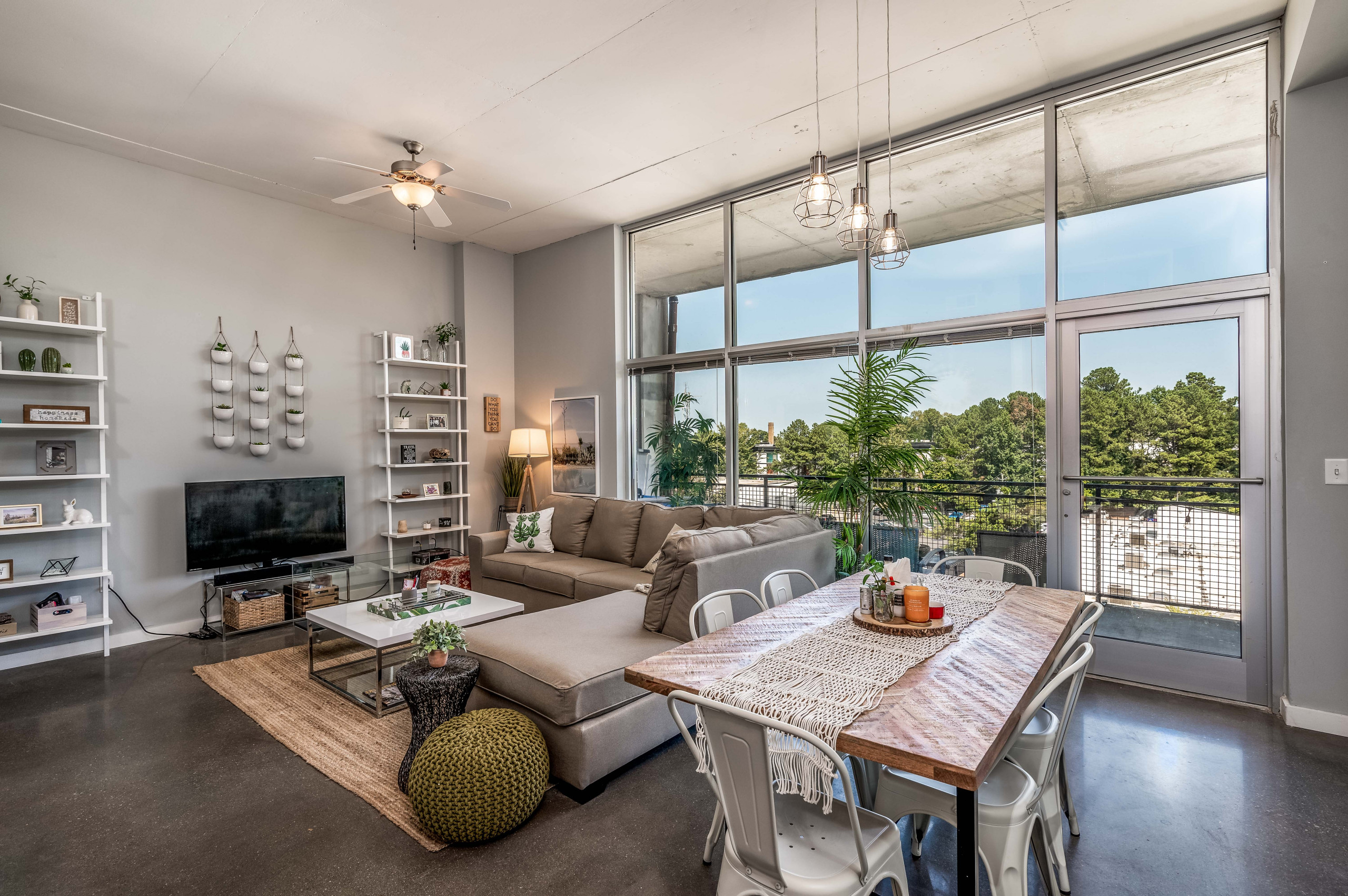
:max_bytes(150000):strip_icc()/modern-living-room-with-sofa-and-armchairs-601128524-ac4089306c104be1a0e1fc07846b41cd.jpg)









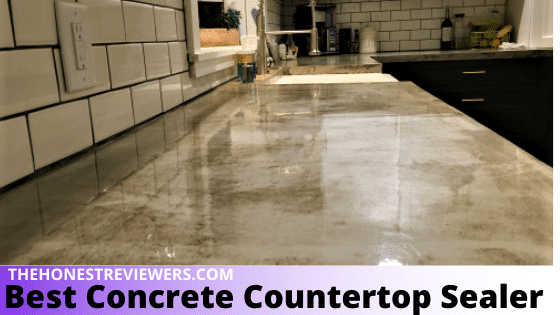
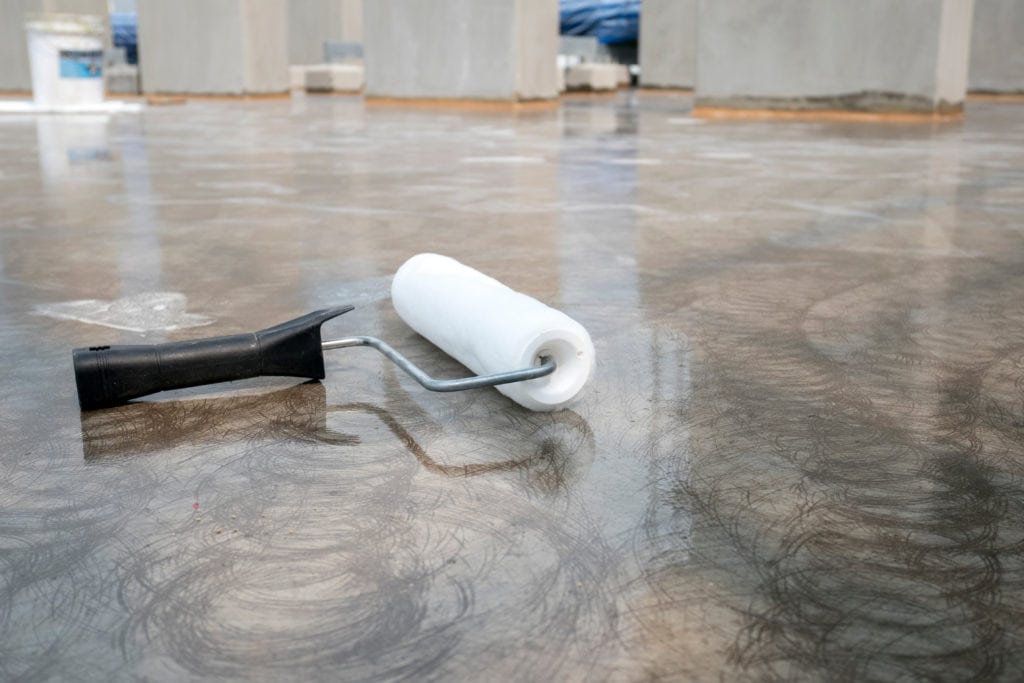
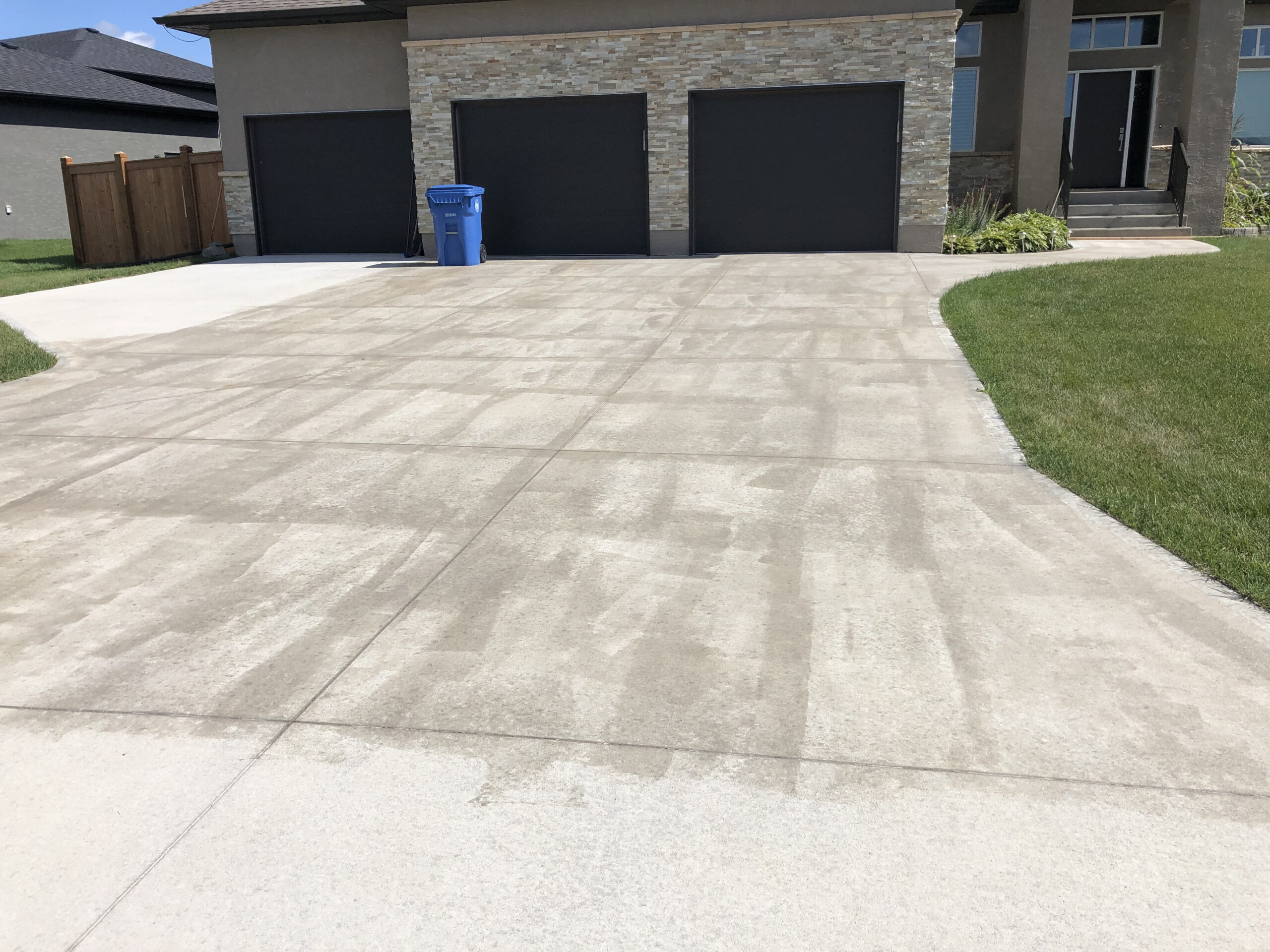

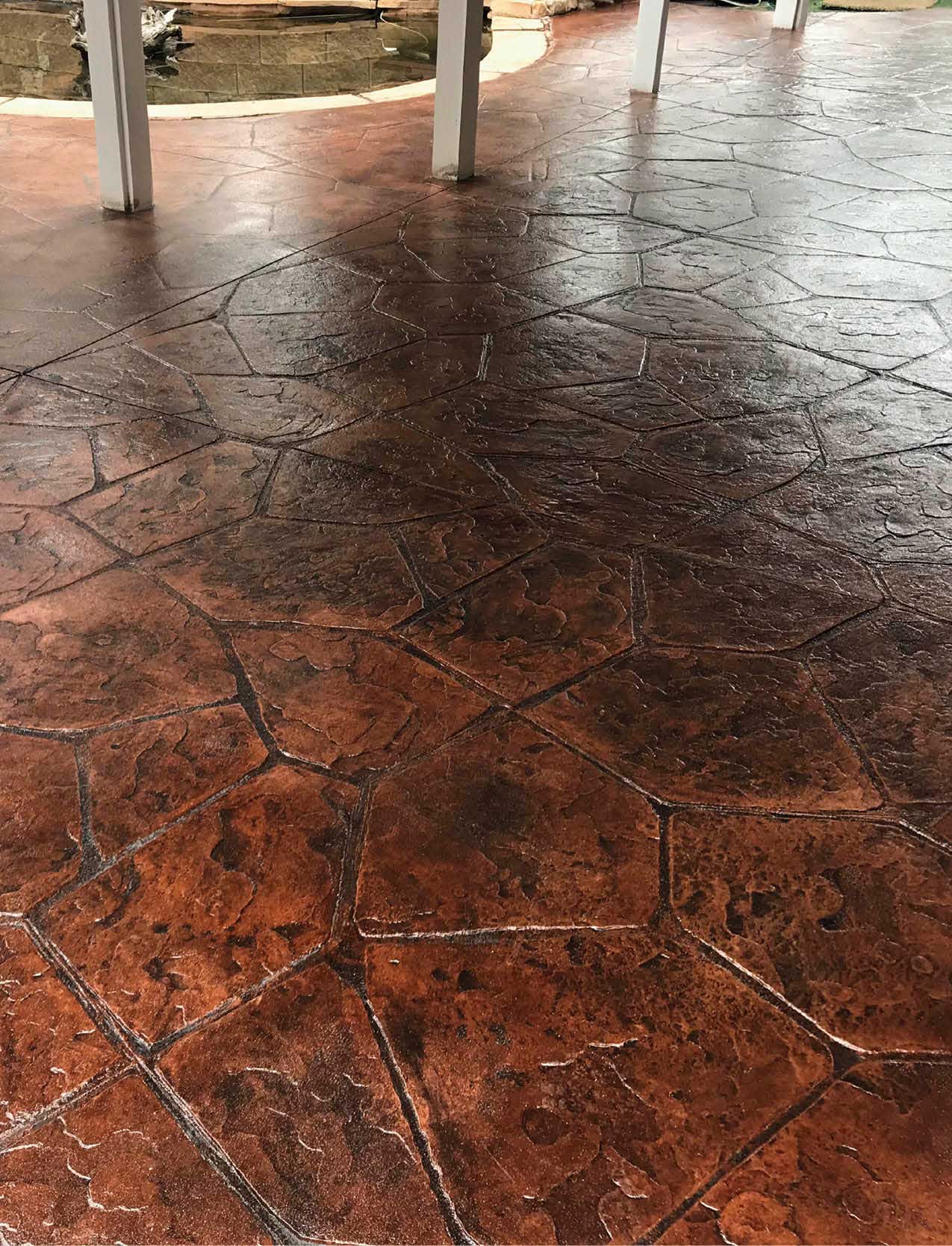

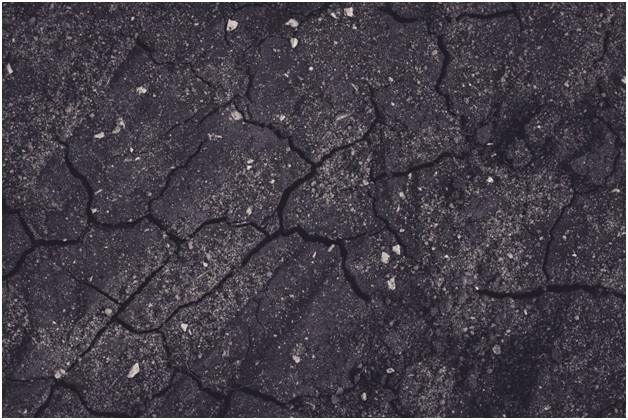







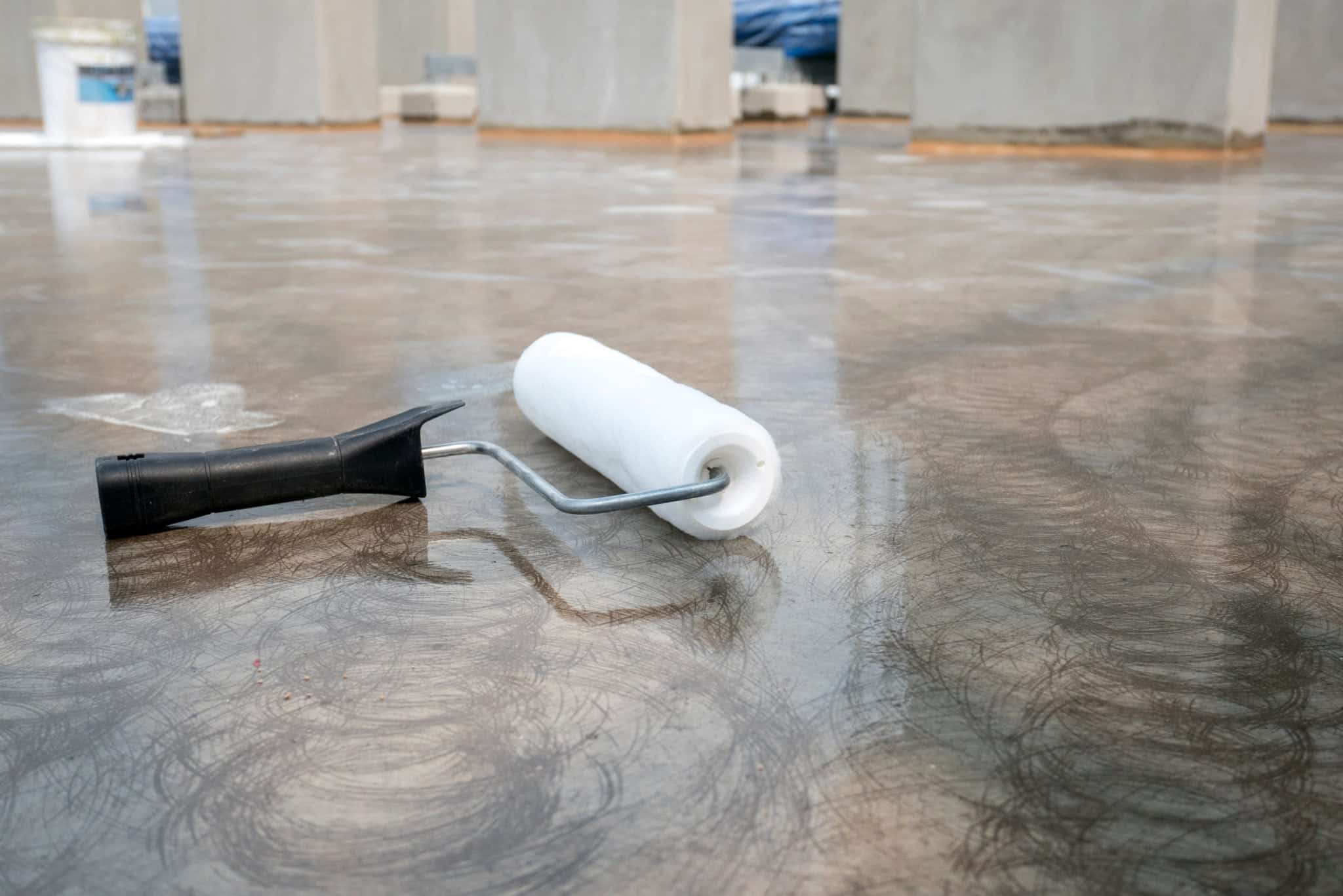
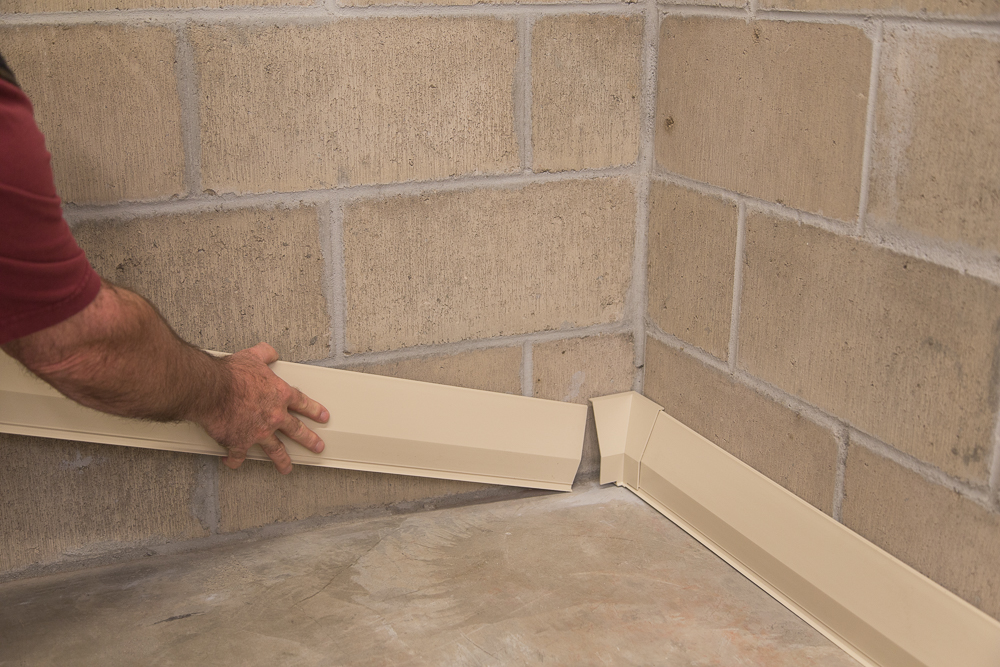


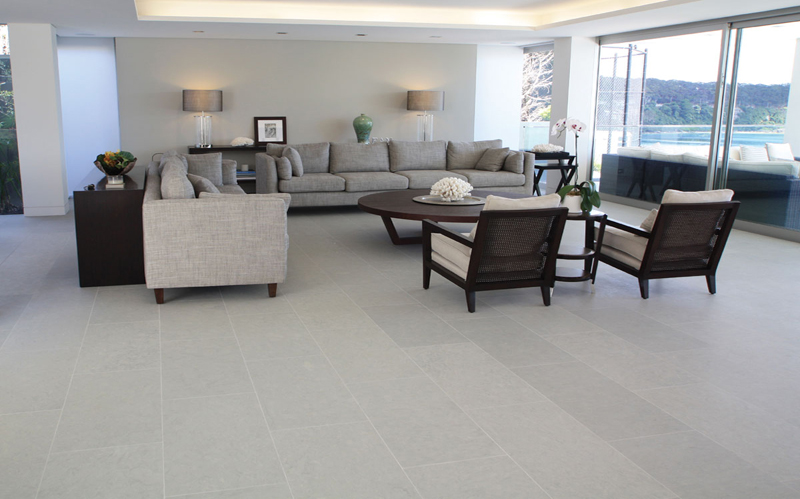


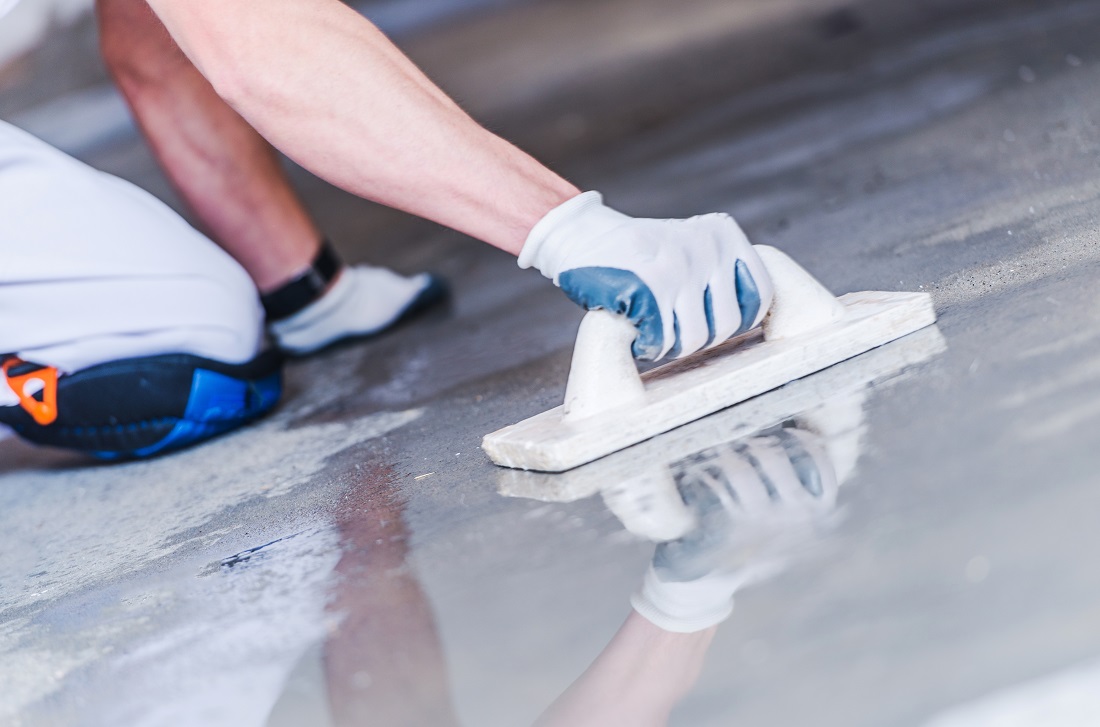

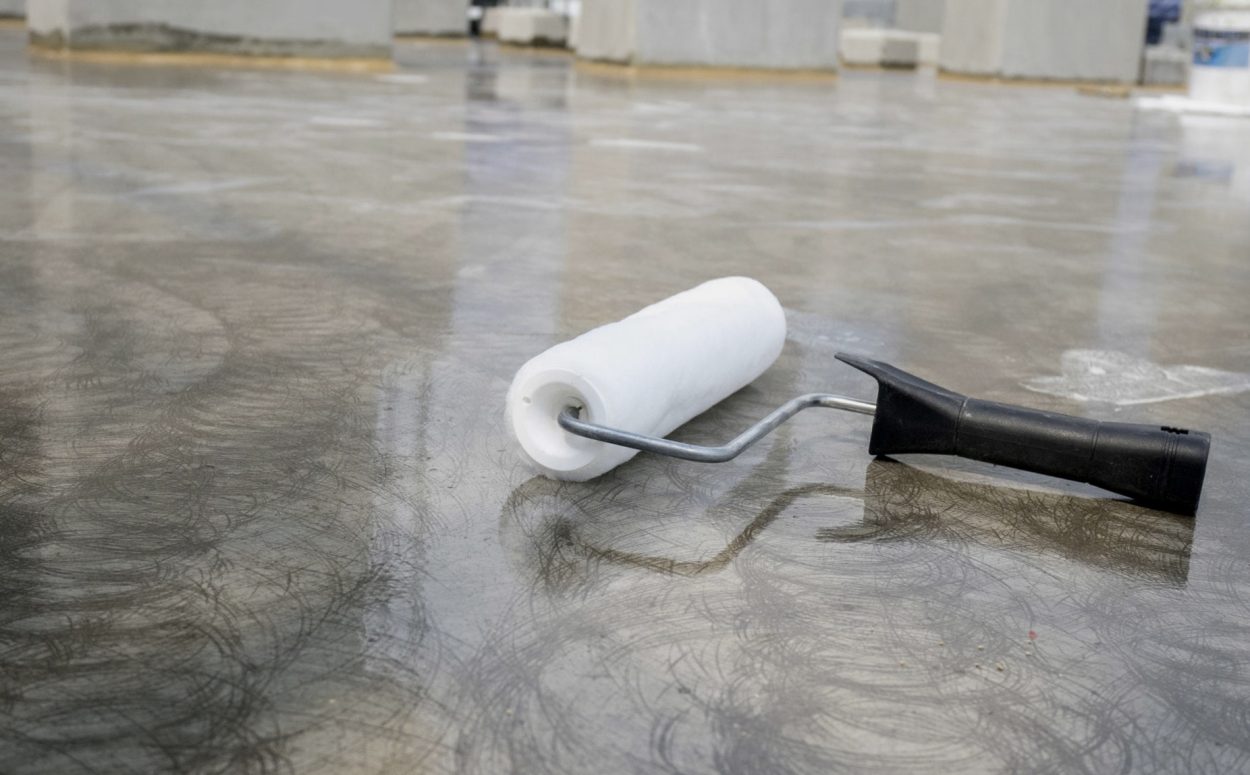
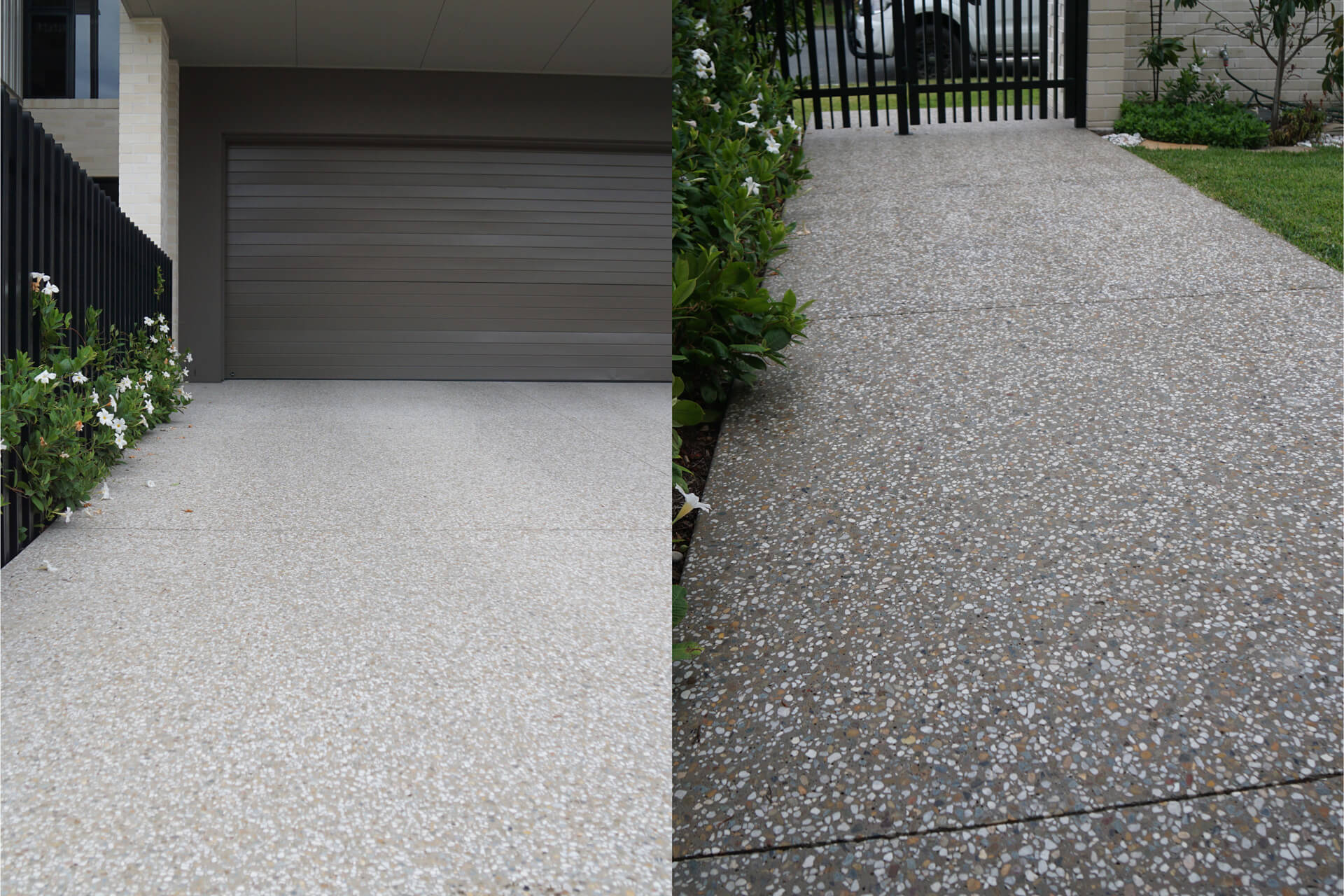
/modern-living-room-with-sofa-and-armchairs-601128524-ac4089306c104be1a0e1fc07846b41cd.jpg)




